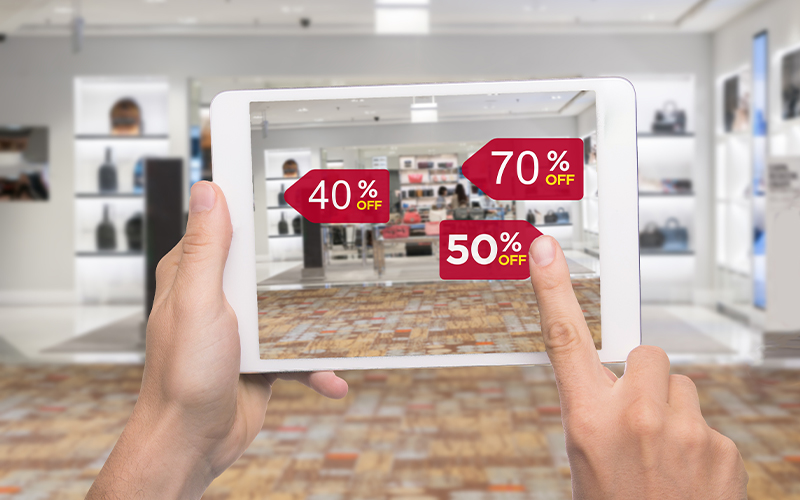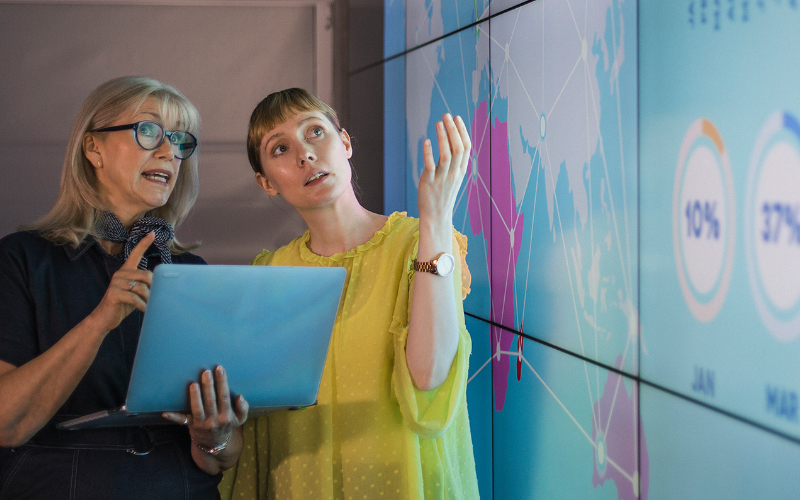Retail, CPG and Logistics
Transforming trade promotion management digitally
Traditional trade promotions are used by companies in the consumer packaged goods (CPG) or the fast-moving consumer goods (FMCG) space to collaboratively plan, manage and execute trade promotions with their retail partners. They help promote products and boost sales across brick-and-mortar outlets and online stores. Trade promotion management (TPM) consists of processes and technologies that are used for managing trade promotional activities.
Despite digitisation in sales channels, focus on customer centricity and growth of online sales, the effectiveness of trade promotions operations remains a little obscure.
Challenges in managing trade promotions
Consumer behaviour in the retail landscape is rapidly changing, with the result that CPG companies are no longer sure about the effectiveness of trade promotions. Here are some of the recent changes:
- Brand loyalty is no longer the prime factor driving a purchase; pricing has become one of the key determinants. This increases uncertainty in terms of consumer spend for branded products.
- Promotions need to be managed across diverse retail channels - online stores, convenience stores, etc. Retail spaces are also shrinking. Consumer packaged goods are in competition for shelf space and visibility.
- Private label products and exclusive products are increasing competition for CPG companies. Retailers are also frequently changing product display shelves and are constantly introducing new products to distinguish themselves from others.
- Consumers are now more conscious about product availability and pricing.
All these factors point to the fact that trade promotion activities need to be carefully implemented and monitored.
Digitalization of Trade Promotions Operations
The digital transformation of trade promotions operations will create the right foundation for CPG companies to be able to quickly adapt, grow revenues, and maintain the best margins. This is especially important during uncertain times. A successful digital TPM strategy requires a conscious, multi-pronged, and data-driven approach.
While businesses are managing trade promotion within their organisation, relationships with retailers become central to long-term success. A mutually beneficial arrangement between an FMCG company and a retailer builds trust and results in growth for both businesses. Equally important is the coordination of different departments involved in trade promotions operations activities - revenue management, finance, marketing, among others. There needs to be ownership and accountability, as well as incentives, to ensure that the process is efficient and effective and does not operate in silos.
The lifecycle of each trade promotion needs to be tracked. It’s also important to visit physical stores to ensure that the planned promotional activities are being carried out and verify the data against ePoS (electronic Point of Sale) data. Analytics applications are essential to leverage both internal and external data. Automated and advanced statistical analysis tools can give deep insights into individual aspects of trade promotions operations activities, helping companies fine-tune their strategy. The end result of these digital strategies is that the FMCG organization can stay connected and networked with each customer.*
Laying the digital foundation for successful ways of managing Trade Promotions Operations
Effective trade promotions operations require CPG companies to invest in both technological and analytical capabilities, besides tweaking internal processes. There needs to be complete transparency and data availability across departments to obtain a holistic view of the impact of the promotion. Here are some pointers:
- Define objectives:
- Align processes and workflows:
- Consolidate and analyse data:
CPG companies should define the objectives and metrics to track each promotion. The objectives should align with overall business goals and strategy.
Organisational processes need to be integrated and data-driven so that planning, execution, tracking, and monitoring can be done seamlessly. All stakeholders across departments should be able to get viewpoints and garner insights to enable data-driven decision-making.
Data should be integrated so that comparisons can be made on projections vs. actuals and aligned with finance and operations. Companies need to create a single storehouse of information for trade promotions operations to be able effectively analyse and measure performance. Integrating and analysing data from both retailers and consumers is important to get a sense of how successful each promotion is. CPG companies need to understand whether the promotions are beneficial to retailers or consumers or both so that they can be balanced well and optimised. Third-party data also needs to be integrated and analysed. Data should be aggregated both at the customer level and the channel level to be able to measure the effectiveness of the trade promotion.
A successful way of managing trade promotion needs data driven forecasting and promotion planning. Advanced analytics in trade-in promotions will help optimise spends and identify the right metrics to track and monitor. Powerful AI-powered analytics platforms drive accurate forecasting and optimised promotions, leading to an efficient and effective trade promotions operation strategy. Brands can leverage advanced analytics and machine learning to deep dive and get the required insights for managing trade promotions operations.
*For organizations on the digital transformation journey, agility is key in responding to a rapidly changing technology and business landscape. Now more than ever, it is crucial to deliver and exceed on organizational expectations with a robust digital mindset backed by innovation. Enabling businesses to sense, learn, respond, and evolve like a living organism, will be imperative for business excellence going forward. A comprehensive, yet modular suite of services is doing exactly that. Equipping organizations with intuitive decision-making automatically at scale, actionable insights based on real-time solutions, anytime/anywhere experience, and in-depth data visibility across functions leading to hyper-productivity, Live Enterprise is building connected organizations that are innovating collaboratively for the future.






